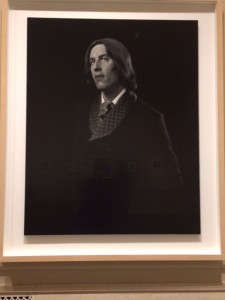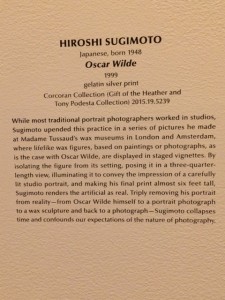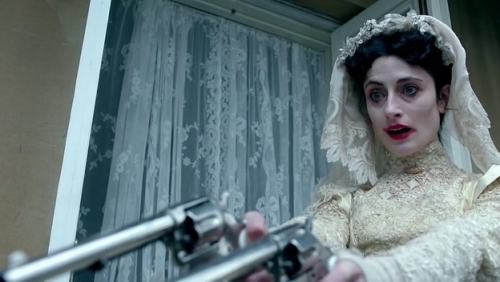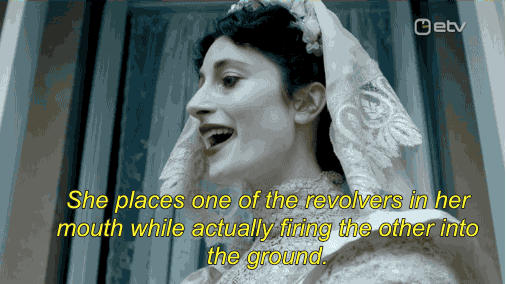From the moment I saw the title of the novel, The Woman in White, I thought that somehow this novel is going to have ghosts. The very first episode of one of my favorite TV shows, Supernatural, deals with a ghost known as a Woman in White.
At one point during the episode, Sam describes what creates a Woman in White:
“It’s a ghost story. Well, it’s more of a phenomenon, really…they’re spirits. They’ve been sighted for hundreds of years, dozens of places…All of these are different women, you understand, but they share the same story…See, when they were alive, their husbands were unfaithful to them. And these women, basically suffering from temporary insanity, murdered their children. Then, once they realized what they had done, they took their own lives. So now their spirits are cursed, walking back roads, waterways. And if they find an unfaithful man, they kill him.” (source)
In Sam’s description of a Woman in White, a lot of themes similar to those we have seen so far in the novel appear: ghostliness, walking/wandering (Anne always being found by Walter walking around in places she shouldn’t be), unfaithfulness (Walter’s suspicion that Glyde has “ruined” Anne and then locked her away), insanity, mistreated women.
In addition, the Woman in White featured in the episode has a similar mood swing as Anne does on page 104. Anne’s “face, at all ordinary times so touching to look at, in its nervous sensitiveness, weakness and uncertainty, became suddenly darkened by an expression of maniacally intense hatred and fear, which communicated a wild, unnatural force to every feature” (Collins, 104). In the beginning of the Supernatural episode, the Woman in White is a beautiful, relatively meek and submissive – if seductive – woman (see clip below, apologies for the bad quality):
[youtube_sc url=”https://www.youtube.com/watch?v=NeKHkWrFzLA”]
However, by the end of the episode, the Woman in White becomes extremely aggressive and demonic (see clip below, watch until about the 2:00 mark):
[youtube_sc url=”https://www.youtube.com/watch?v=SPY0W5_Fjt0″]
Looking at Sam’s –and Supernatural’s – definition of a Woman in White, Anne being so closely tied to this ghostly idea – called by the same name, sharing many of the same qualities – raises questions about Anne’s secrets, especially why she was sent to the asylum. If, like the episode suggests, Anne’s problems are tied up in infidelity, insanity, children and/or murder/suicide, there are plenty of possibilities: perhaps Glyde committed infidelity – marrying or sleeping with Anne only to cast her away when the time came that he was engaged to Laurie (or at least coming up on the date when he would marry Laurie); if she was married/sleeping with Glyde, perhaps Anne got pregnant and somehow miscarried the child; perhaps she purposefully miscarried/killed any children she had by Glyde and was sent to the asylum for that crime; perhaps – craziest of all – Glyde had a dalliance in his youth with Anne’s mother, Anne is the product of that, and Glyde locked her away to try and hide that dalliance from Laurie, so as not to impede his wedding to a proper heiress? I’ll have to read on and find out!






